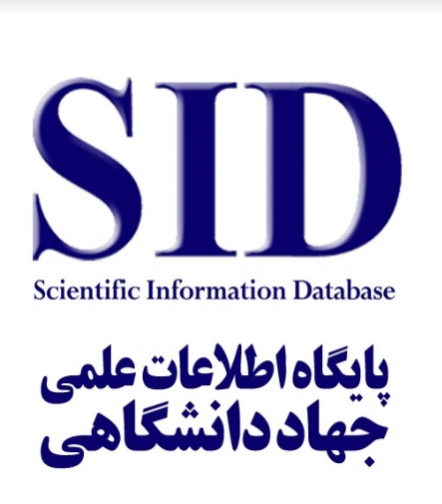اثر ناترازی سیستم بانکی بر فعالیت بنگاههای اقتصادی در بخشهای مختلف اقتصاد ایران
کلمات کلیدی:
رشد اقتصادی, سرمایهگذاری, ناترازی تأمین مالی, سیستم بانکی, سیستم معادلات همزمانچکیده
روند گذشته اقتصاد ایران نشان میدهد که اساساً مهمترین منبع تأمین مالی سرمایهگذاری، استقراض از سیستم بانکی بوده است و استقراض از بازار سرمایه و سایر منابع، در حد پایینی به تأمین مالی بنگاهها کمک کردهاند. این در حالی است که ناترازی در سیستم بانکی به عنوان یک عامل مهم، میتواند نقش مخربی را بر تأمین مالی سرمایهگذاری و بنگاهها ایفا کند و باعث شود که بانکها قدرت اعتباردهی پایینتری را به سرمایهگذاری و تولید داشته باشند. این مطالعه سعی دارد که در چارچوب یک الگوی اقتصادسنجی و با روش سیستم معادلات همزمان، اثر ناترازی سیستم بانکی را بر رشد اقتصادی در بخشهای مختلف اقتصاد مورد ارزیابی قرار دهد. برای این منظور از دادههای اقتصاد ایران در بخشهای مختلف اقتصاد طی دوره 1401-1380 استفاده خواهد شد. نتایج نشان میدهد که ناترازی سیستم بانکی اثر منفی بر تأمین مالی بخشهای مختلف اقتصاد از سیستم بانکی دارد. همچنین با توجه به اثر مثبت و معنادار تأمین مالی از سیستم بانکی بر سرمایهگذاری و اثر مثبت و معنادار سرمایهگذاری بر رشد ارزش افزوده در بخشهای مختلف اقتصاد، ناترازی سیستم بانکی اثر منفی بر سطح فعالیتهای بخشهای اقتصاد خواهد داشت و به عنوان یک محدودیت ظاهر میشود. علاوهبراین نتایج نشان میدهد نرخ سود حقیقی تسهیلات اعطایی، اثری بر تقاضای اعتبار و تأمین مالی از سیستم بانکی و سرمایهگذاری در بخشهای اقتصاد نداشته، در حالی که در حذف ناترازی سیستم بانکی اثرگذار است. بر این اساس سیاستگذار پولی باید اقدامات جدی در راستای حذف ناترازی سیستم بانکی و علامتدهی نرخ بهره در سیستم اقتصادی و پولی داشته باشد.
دانلودها
مراجع
Batrancea, L. M., Balcı, M. A., Chermezan, L., Akgüller, Ö., Masca, E. S., & Gaban, L. (2022). Sources of SMEs financing and their impact on economic growth across the European Union: Insights from a panel data study spanning sixteen years. Sustainability, 14(15318).
Chenaran, H., Yavari, K., Heydari, H., & Sharifzadeh, M. (2022). The effect of banking crisis (imbalance) on macroeconomic variables within the framework of a dynamic stochastic general equilibrium model. Iranian Journal of Applied Economic Studies, 12(46).
Chenaran, H., Yavari, K., Heydari, H., & Sharifzadeh, M. (2023). Analysis and evaluation of banking system imbalance in Iran and its effect on production using the DSGE model: Coping policies. Economic Policy Journal, 15(30).
Diamond, D. W., & Dybvig, P. H. (1983). Bank runs, deposit insurance, and liquidity. Journal of Political Economy, 91(3), 401–419.
Holmström, B., & Tirole, J. (1998). Private and public supply of liquidity. Journal of Political Economy, 106(1), 1–40.
Kashyap, A. K., Rajan, R., & Stein, J. C. (2002). Banks as liquidity providers: An explanation for the coexistence of lending and deposit‐taking. The Journal of Finance, 57(1), 33–73.
Shirijian, M., Farzin, M. R., Hadinezhad, M., & Damankeshideh, M. (2023). Investigating the efficiency of the monetary policy instrument of interest rate in managing inflation under the conditions of banking system imbalance and imbalance analysis based on the requirements of Islamic banking. Islamic Financial Research Journal, 12(Special Issue 1: The First National Conference on Islamic Banking in Iran), 73–102.
Yazdani, M., & Shakouei Donighi, R. (2022). Evaluating the impact of central bank transparency on macroeconomic stability in emerging economies. Economic Research Journal, 22(3).



